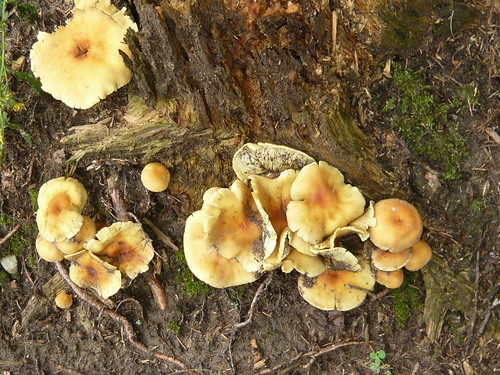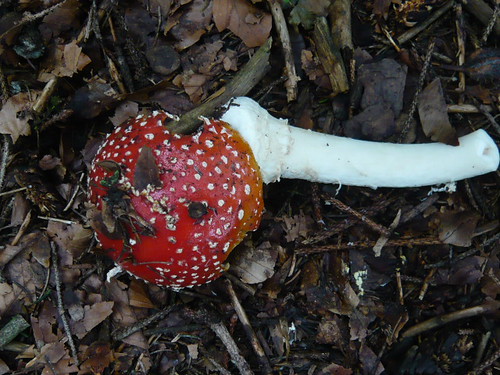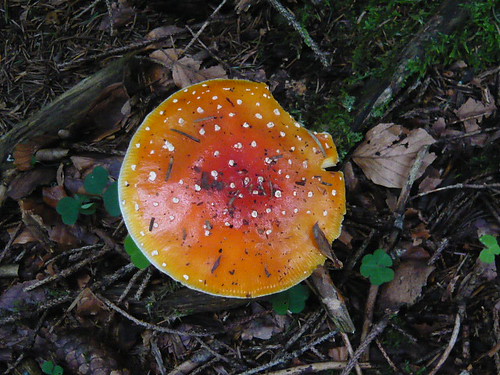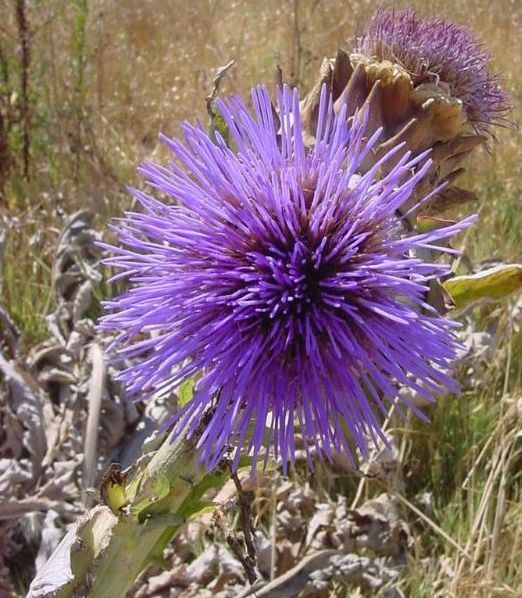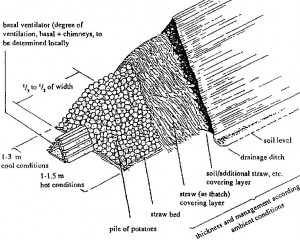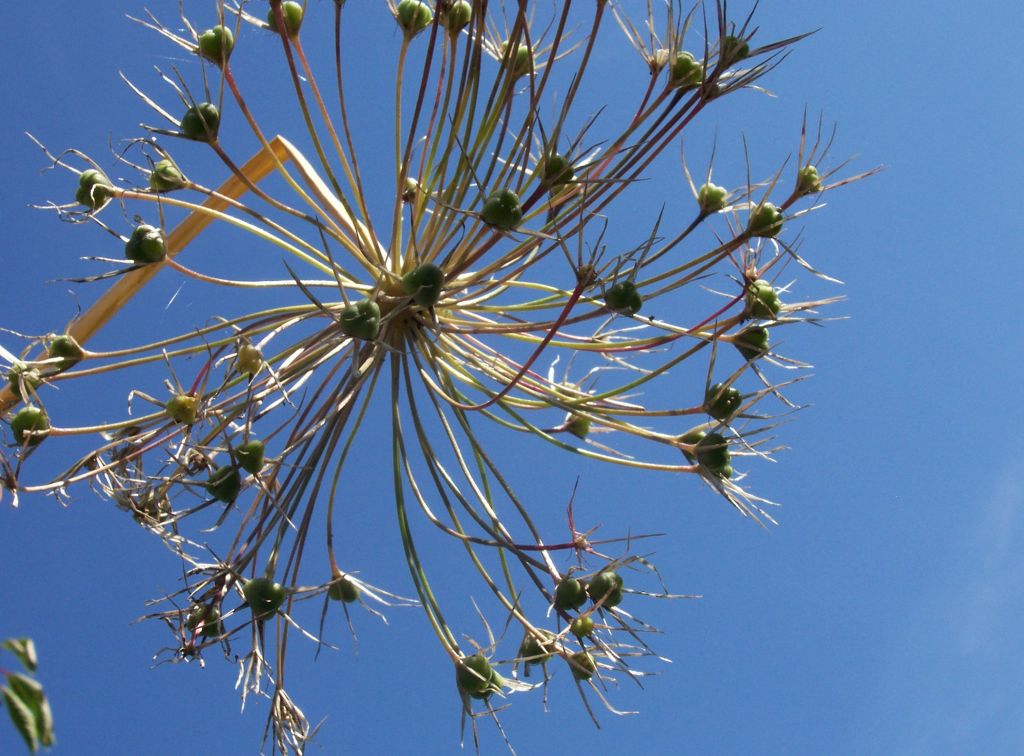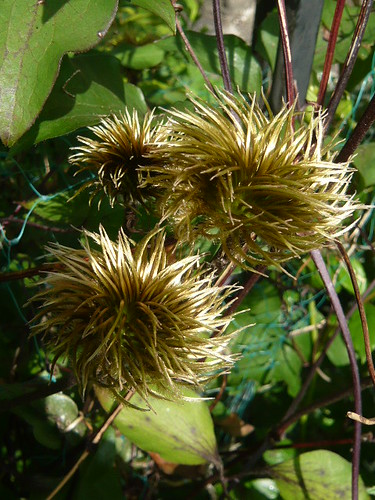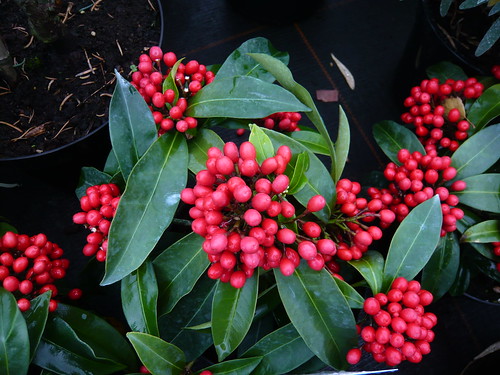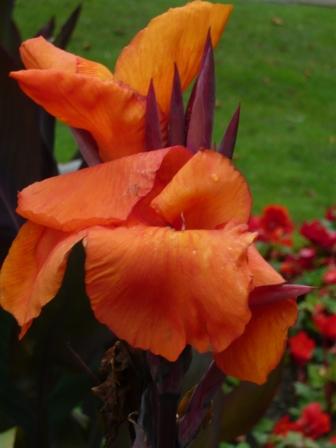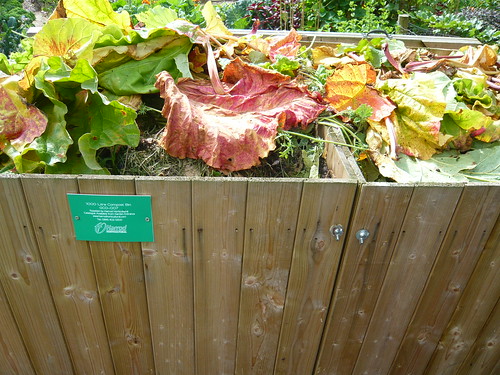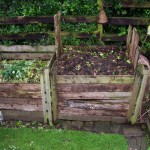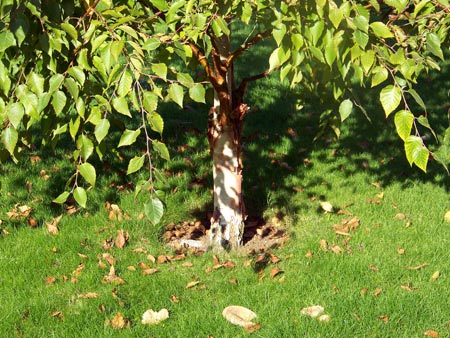Gardener’s Mildew Cures

If gardeners have left wet leather gloves or shoes in a mild garage since summer they may now be covered in a white dusty substance that is powdery mildew. Powdery Mildew can affect many garden plants and it is especially vexatious on Gooseberries, Roses and Peas. The greying of leaves leads to yellowing, distortion and falling, it is unsightly and damages crops.
For help understanding mildew read these tips.
Mildew Causes and Cures
Stress through dryness at the roots can make plants vulnerable. Water well in dry spells. Do not plant too close to dry walls or in a rain shadow. Add a water retaining mulch.
General maintenance issues bin any fallen or damaged leaves. Well fed plants will have more resistance to disease, apply Growmore or Blood, Fish and Bone at the start of the growing season. Select varieties that are less prone to mildew like Klevedon Wonder Peas or Cascade Brussels. Do not encourage sappy growth with too much nitrogen based fertilizer.
Good air circulation will restrict mildew so prune or thin out branches to create an open framework. Damp humid conditions also favour mildew so water the roots not the leaves. Mildew is spread by spores so do not shake infected material.
If all else fails there are proprietary fungicides and sprays including organic Fish oil blend or Sulphur powder which can help particularly on roses. Powdery mildews spend the winter as dormant infections resting structures or leaves which then release spores the following spring.
Oh and if your boots have mildew you are not doing enough gardening.
Avoidance is better than cure read tips to avoid mildew.
